"The ease of setup and use for both administrators and users was immediately apparent. The automated training and phishing awareness features are major time savers for HR and IT teams”
Secure your business with CyberHoot Today!!! Sign Up Now The Universal Authentication Framework...
Read more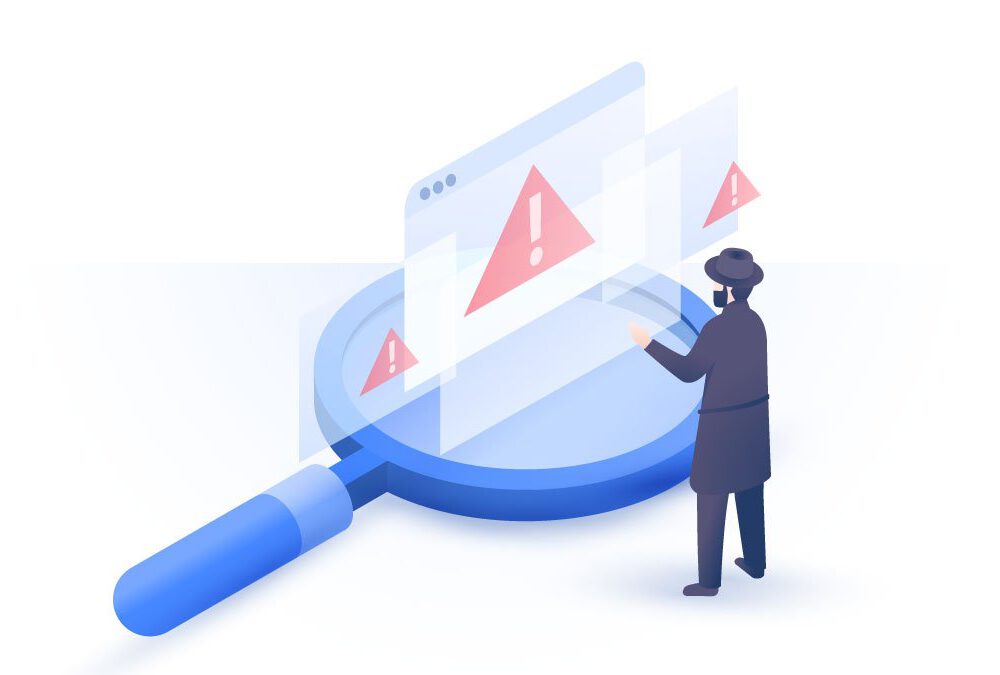
Secure your business with CyberHoot Today!!! Sign Up Now Indicators of Compromise (IoC) are pieces of...
Read more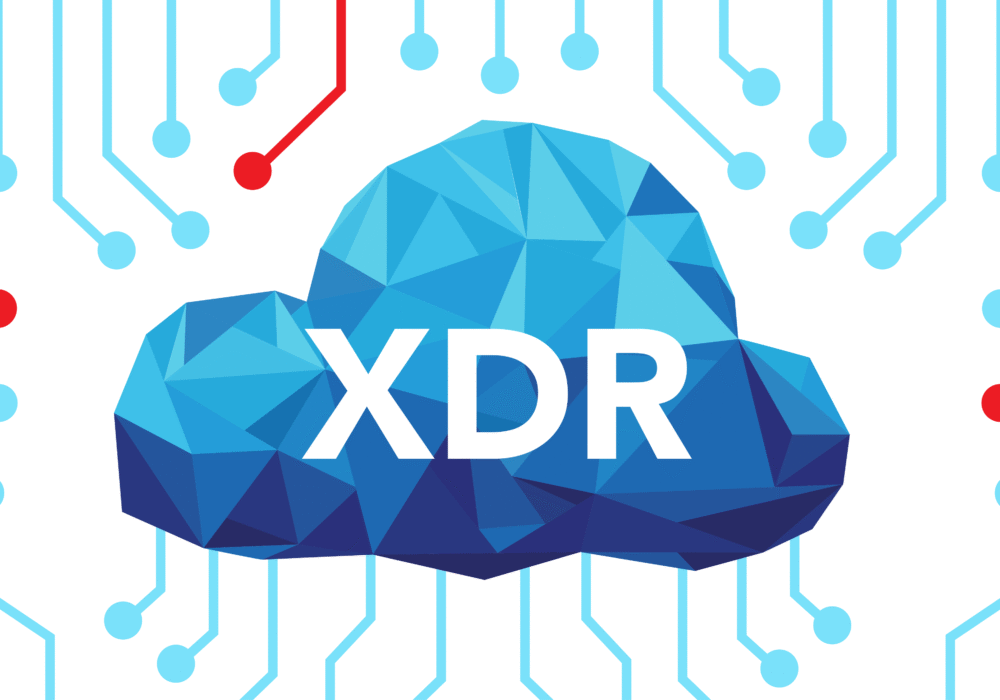
Secure your business with CyberHoot Today!!! Sign Up Now Extended Detection and Response (XDR) is...
Read more
Secure your business with CyberHoot Today!!! Sign Up Now Fast Identity Online (FIDO) is a set of...
Read more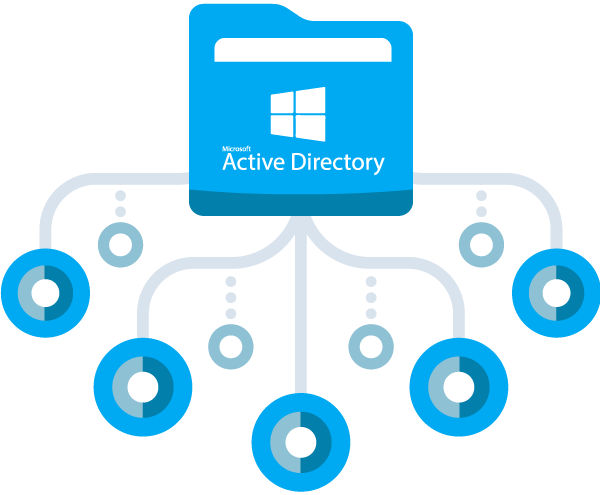
Secure your business with CyberHoot Today!!! Sign Up Now Active Directory...
Read more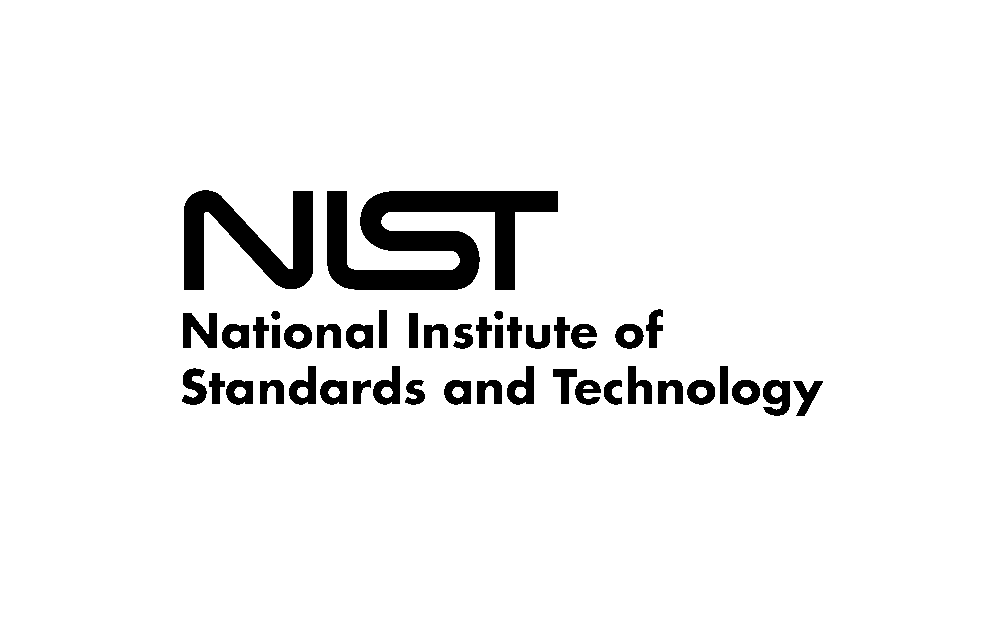
Secure your business with CyberHoot Today!!! Sign Up Now The National Institute of Standards and...
Read more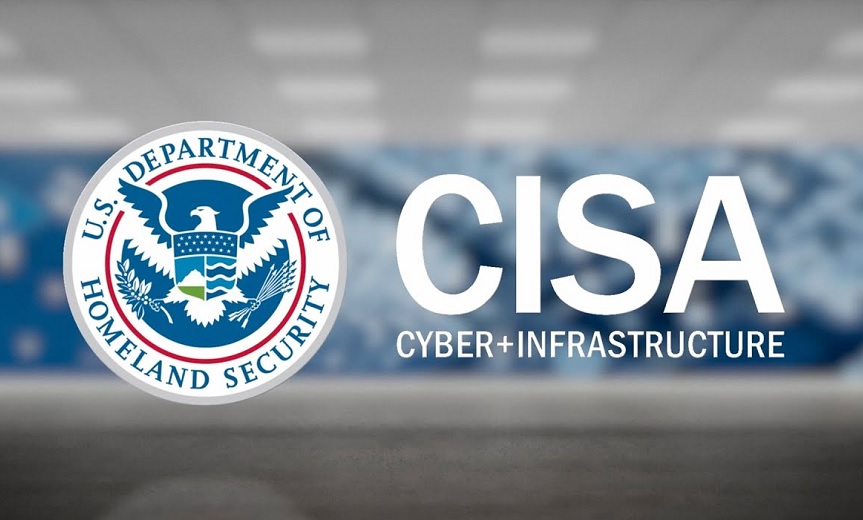
Secure your business with CyberHoot Today!!! Sign Up Now The Cybersecurity and Infrastructure...
Read more
Secure your business with CyberHoot Today!!! Sign Up Now Geofencing is a technology for setting...
Read moreGet sharper eyes on human risks, with the positive approach that beats traditional phish testing.
